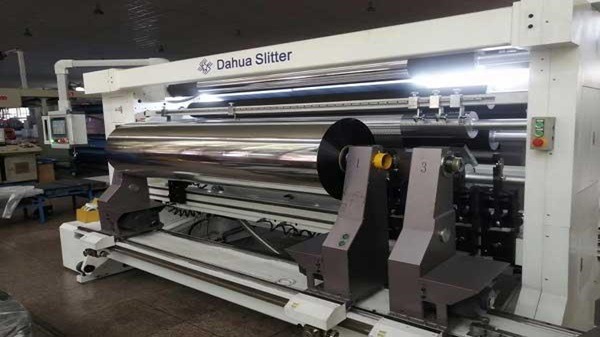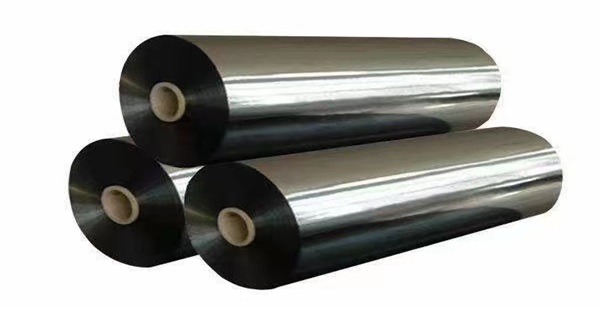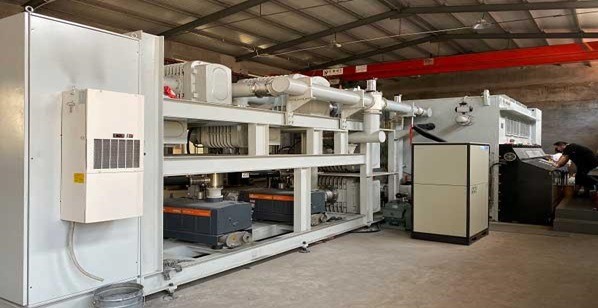Solid-phase orientation methods influence film characteristics significantly, which can be highly useful in packing systems. These modifications enable films that are considerably lighter and narrow than normal blown or cast sheets to meet criteria by significantly increasing attributes such as compressive properties, stiffness, barrier, ripping initiation rigidity, and heat stability. Almost all solid-phase film orienting occurs along with polymer extrusion. This is owing to the need for affordability and homogeneity in packaging applications. The following solid-phase processes are available:
- Oriented biaxial or monaxial
- Plain or cylindrical design
- Cross-machine direction, CD; and spontaneous or consecutive machine direction MD
Biaxial flat orientation
The most common film orientation procedure is flat biaxial orientation. The process described here is used to generate the majority of biaxially orientated polypropylene (BOPP) and polyester (BOPET) sheets used in packaging. BOPET film supplier is one of best manufacture for packaging materials. Around the world, very large units capable of manufacturing finished film over 300 inches wide are being constructed, lowering operational costs per unit and creating ample resources for the expanding global flexible packaging industry.
Method
A unit known as a tenter frame line conducts flat biaxial orientation. The CD orientation area is referred to as the “tenter frame.” The process begins with a plasticizing extruder providing a first module, which functions similarly to a channeled film line. Surface polishing rolls are used with uniform biaxial orientation to handle the high densed sheet that is generated. To achieve a 1-mil completed sheet with 5:1 stretched ratios including both MD and CD, for example, the procedure must begin with a 25-mil matrix of the sated polymer.
MD stretching is achieved after the extruded sheet has been dried and its temperature stabilized by tugging the sheet using rolls revolving at significantly increased surface velocities; stretching occurs in small gaps between succeeding rollers. The narrow gaps reduce the possibility of “necking in,” or a reduction in the matrix width during the drawing or flattening operations.
Following MD expanding, continuous threads with clips catch the moving web’s edges and transport it through the hot-air oven. The initial oven stage is used to equilibrate the matrix at the optimal temperature. This is followed by CD stretching, which involves progressively moving the two tracks containing the chains and clips farther away, making the sheet wider.
Further thermal conditioning in the last portions enables joining or tensile compression for strength properties and cooling the film before winding.
BOPP and BOPET are versatile innovative packaging materials used primarily in laminations, and they’re used as-oriented but are frequently pneumatically because the sheets themselves do not provide adequate barrier protection. BOPP is usually used in saltiness, dry food packing than BOPET because it provides a superior moisture vapor barrier. BOPP also has the lowest ratio of the widely oriented food products, with 0.70-mil thickness offering more than 6% greater area per pound of film than 0.48-mil BOPET.
BOPET is a common surface layer in the coating due to its greater rigidity, heat resistance, and oxygen barrier qualities when compared to BOPP, making it an excellent choice for a wide range of goods, for cheap rate and quality packaging products, China BOPP film manufacturer is one of the best. BOPET is more stable than BOPP in printing and laminating operations and is used where standard graphics are required. Because of its dimensional stability during retort sterilization, it is the covering layer of choice for retort packets.
Simultaneous biaxial flat film orientation
Machines capable of it have been developed in many years and required functions are now accessible from machine providers. These machines are outfitted with clips that hold the moving web’s edges, though in this circumstance, antecedent to any solid-phase configuration. Several steps of mechanical techniques are used in MD and CD. Suppliers of such machines believe that synchronous flat orientation can produce more balanced, greater mechanical performance than consecutive orientation and allows for wider orientation levels.
Applications
With the greater mechanical complexity of these lines, their adoption has been limited. Nevertheless, property advantages are proven in the market and novel films are developed, we should assume to see all of these lines deployed. These units enable the orientation of complicated heterostructure films, particularly those containing ethylene vinyl alcohol, which is hard or impossible to make in consecutive orientation procedures due to the thermal conflicts between inclination and crystal.
Simultaneous biaxial tubular film orientation
It often known as the “double-bubble” technique, allows for a smaller scale of operation and greater flexibility in adjusting orientation ratios than the previously stated quite vast tenter frame lines. The fundamental advantage of a dual technique is a minimal capital expense, but this is compensated by lower product consistency, process control problems, and low yield per line.
Process
It is natural in the cylindrical, or double-bubble, induction process. The very first half of the manufacturing line looks very much like a classic blown-film line, except that instead of cutting the corners and separate sections of the crumbled cylinder. That cylinder is carefully heated up and repressurized with large air density, enhancing the depth while continually being attempted to pull by a crumbled nip functioning at a higher parallel speed than the nip going to seal the beginning of the new bubble. The film is then wrapped in the traditional method. This procedure achieves less annealing than the flat orientation approach, resulting in films with worse heat resistance and higher residual dwindling.
As one example of the unique features of this technique, sausage shrinkage sheets capture the attention of this contraction in the style of BOPA coextrusions with EVOH manufactured utilizing the double-bubble process. BOPA outperforms BOPET and BOPP in terms of oxygen permeability and rupture resistance; these features can frequently explain its higher cost when compared to other coatings for applications.



